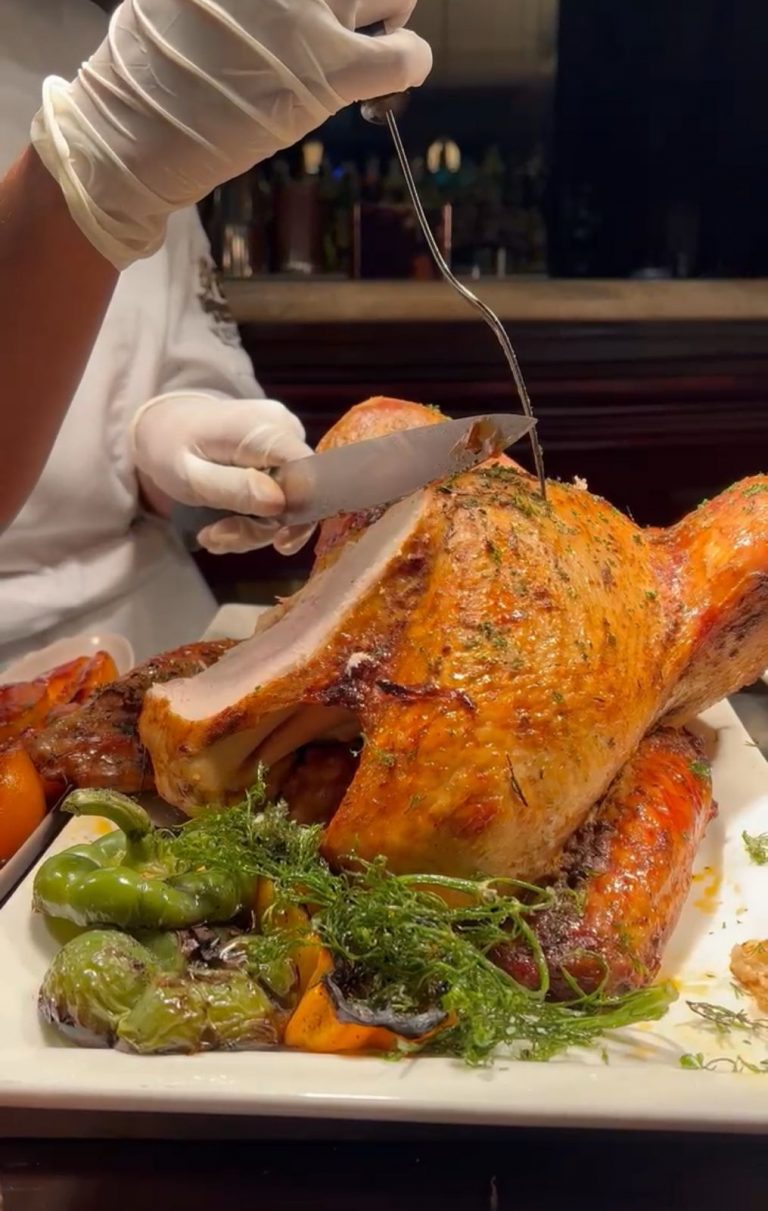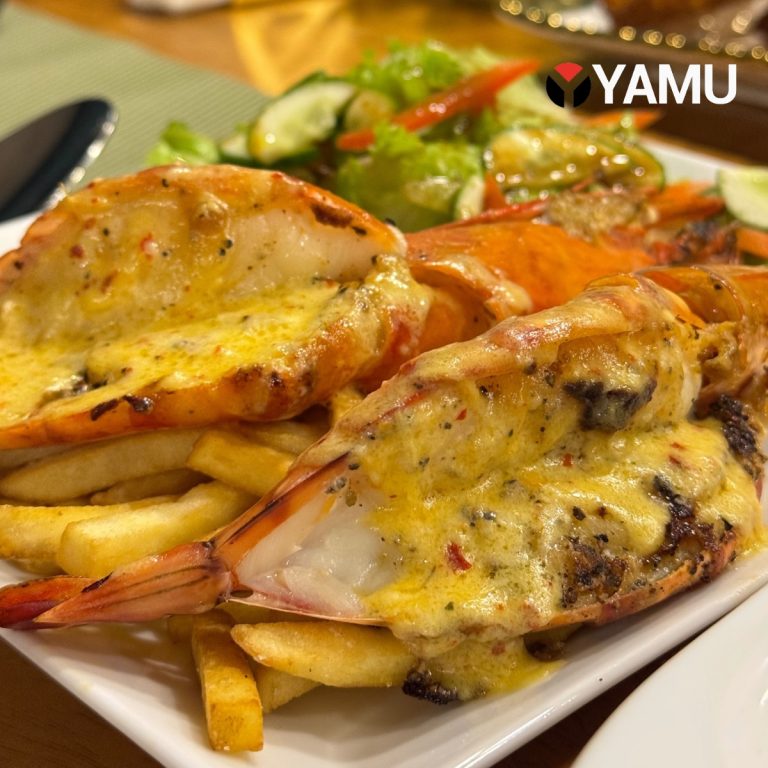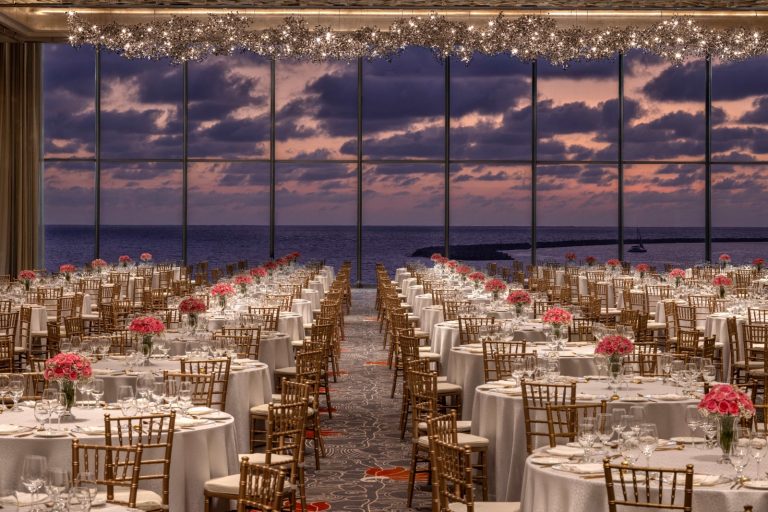Why does no one stay at Pilawoos Hotel? Why are there so many different Bombay Sweet Houses? YAMU breaks down some of the nomenclature of Sri Lankan eateries.
It’s a difficult business this eating out in Colombo. Not only do you need to contend with a ton of mediocrity, ever inflating prices and a labyrinthine and traffic snarled road network you also need to get your head around a whole galaxy of subtle but crucial island-specific terminology.
Yarl Eat House is not the same as Yaal Restaurant. Hotel Maiyuri is not a hotel, it’s also not the same as Maiyuri bath kadai. There’s a little local lexicon of food-stop definitions that can baffle outsiders and even committed Colombars can be unsure of some of the nuances. When does a bath kade become a hotel? Well to add some clarity to this label-babel YAMU has prepared a glossary so you can tell your stalls, from your carts, your petti kades froms your duwanagiris.
Note: This isn’t meant to be an authoritative definition just working explanations of the terms as we understand them. Feel free to comment, suggest amendments and categories that have been left out.
Bath kade (buth ka-day) – bath is rice, kade a small shop. So basically a small rice shop ie a place that sells a few simple curries with rice. Usually operates only at lunch time. Very simple interiors and a couple of tables and chairs is the classic set up. Often mom and pop operations with a couple doing the cooking.
Examples; Indi’s Dehiwala Bath Kade
Bakery– Fairly straightforward in that bakeries specialize in the sale of leavened (western style) bread. So loafs, buns, sugared buns, cakes. However bakeries sometimes also serve either lunch packets or even offer a full sit down curry lunch service….
Examples; Samanadisi Bakery, Wellawatte
Bombay Sweet House– Sweet houses that specialize in Indian sweets. Usually a fairly broad selection of barfi, gulab jamoons, muscaat and paak, they also often serve juice and Falooda. The best are owned by members of Sri Lanka’s Bohra Muslim community.
Examples; Bombay Sweet House – next to Colpetty Market
Boutique- Very similar, almost analogous to kade. In a food sense boutique is used to describe a kade that offers tea, perhaps some rolls, cigarettes and the day’s newspapers.
Cafe– Western/European style cafes – specializing in coffee and a few baked items are very rare*in Sri Lanka. In Colombo Cafe is generally used to connote a fairly upscale, typically outdoor, dining establishment (very often attached to a gallery). Coffee is usually available but isn’t the focus. These cafes feature fairly extensive lunch/dinner menus. Some, like French Cafes, also double as bars.
Examples; Barefoot Garden Cafe, Paradise Road Gallery Cafe. Cricket Club Cafe
* Chains like barrista, coffee bean, and the independent Hansa are more coffee focused.
Cream House– Sometimes indistinguishable from a kadai or hotel however canonically a cream house should specialize in dairy products- yoghurt, ice cream, they also tend to stock short eats- patties and rolls.
Examples; Maithree Cream House (somewhere on the Kandy Road)
Duwanagiriya (doo-wana- gi-ree-ya)- Food on wheels so basically any food-cart. Often a simple metal four wheeled trolley with a glass display case built in. More advanced Duwanagiriyas also feature stoves so some cooking- typically frying – can be done on the cart. Vaddai, Samosas, spiced chick peas and accharu are commonly sold from Duwangiryas. Though you can also find ones with soft drinks, ice cream, hot dogs….
Eat House– Not easy to define but effectively between a bath kadai and hotel. Eat Houses tend to be smaller than hotels but feature more extensive menus than bath kades. Also unlike hotels which are open continuously eat houses often have two sittings, lunch 11-2 and dinner 6-10.
The term is very particular to our beloved Yarl Eat house, but occasionally pops up elsewhere.
Eatery– this is more a term of reference, basically all eating places that aren’t formal restaurants or hotels(in the Standard English sense). So kadais, hotels (non western) sweet houses and eat houses are all eateries.
Hotel (Sri Lankan English)- The one that most often confuses non Lankans. Hotels are not hotels in the British Standard English sense. At least Hotel de Pilawoos or Maiyuri Hotel don’t offer rooms. Hotel simply conveys a larger sort of simple eating house. However hotels tend to be open all day (often late) and offer a broader choice of food than a bath kade. A hotel will, at a minimum, serve kottu rotti, godamba roti, fried rice and hoppers. They almost always feature bright fluorescent lighting and dine-in facilities ie tables, are always present.
Hotel (British Standard English) – As you would find elsewhere provides accommodation in private rooms. 1-5 star grades. Can features pools, restaurants etc.
Hilton Hotel, Renuka City Hotel.
Kade/Kadai (Ka-day) according to Michael Meyler’s ever useful Miris-Gala dictionary of Sri Lanka English is a small shop or eating place. That’s broadly accurate. Any small shop, non formal eating place can be called a kade. However if you’re aiming for precision kade is a particular kind of little grocery store/kiosk, which deals in household staples- Shampoo, soft drinks, washing powder, bread but only a minimum of fresh fruit and vegetables and rarely meat. If the establishment is more specialized a noun must be added before kade so elavavlu kade = vegetable (small) shop, the kade- tea (small) shop).
Examples; Ruby Stores, Havelock town.
Outlet– A shop that’s part of a chain. So Odels has many outlets however much less upscale eating establishments can also have outlets. Example Viduaravi Bakers in Boralesgamuwa and Maharagama.
Petti kade– (pet-tee ka-day) Broadly a kiosk. A box shaped, usually wooden structure by the roadside that sells lunch packets, short eats and soft drinks. A distinguishing feature of petti kades is that nothing is cooked on the premises rather pre cooked food from elsewhere is sold from the petti kade
Restaurant– Conveys something more upscale than an Eathouse or Hotel (not western). You can expect something more or less analogous to a western restaurant(Flower Drum) or someones attempt at a western style restaurant. So air conditioning lots of tiles, a printed menu and higher prices.
Saiver Kade (sa-aye-verr ka-day) – A small eatery specializing in South Indian vegetarian food- often very cheap. Tables are provided for dining in and food is usually eaten off a banana leaf
Stall– as you’d use in Standard English informal, temporary structure selling food. While some stalls might have set up some chairs outside they don’t offer inside seating and most of their business is take-away.
Sweet House– Implies a specialization in sweets. So expect Indian sweets- Barfi, Laddoo, also Sinhala sweets -kalu dodol, aasmi, panni valalu, kavums but not necessarily western chocolate, candy, toffees.
Example; New Maithree sweet house(somewhere on the Kandy Road)















